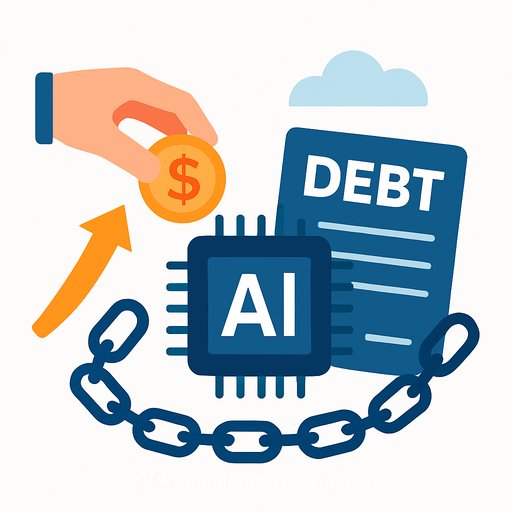Better.com Expands with AI and Strategic Partnerships, Boosting Market Outlook
Oct. 5, 2025 - 5 min read
Better Home & Finance Holding Company (NASDAQ: BETR) is trading up 7.76% after a string of product and distribution moves that signal a push for scale. Investor response has been positive in the short term, though the core financial profile remains stressed. Analyst sentiment: neutral.
Key highlights
- Launched an AI-driven Bank Statement HELOC program aimed at self-employed borrowers and small business owners, easing documentation hurdles.
- Home equity products up 166% year over year, with customers reducing $193M in debt through these offerings.
- Two new agreements to expand loan volume: one with a U.S. personal financial services platform and another with a non-bank mortgage originator via the Tinman(R) AI platform.
- Shares saw an 11% early trading pop and a 28% surge in recent sessions, extending a short-term rally.
Market action and setup
Price action remains volatile. Resistance sits near $62.11 (set on Sept. 29) with support around $55. The move lacked a notable increase in upside volume, keeping the bias cautious. Traders often watch for fade setups near resistance in this type of structure; risk controls matter.
Last week's tape: the stock opened at $60.8 on Sept. 29, ran higher, then settled near $55 by Sept. 30. As of Sunday, Oct. 5, shares are trending higher by 7.76%.
Financial snapshot: growth vs. fragility
Top-line momentum in select products contrasts with strained fundamentals. EBIT margin sits at -265.6% and gross margin at 3.8%, signaling heavy cost pressure and limited pricing power. Return on equity is -270.51%, and total debt to equity is 13.39, underscoring leverage risk.
Operating cash flow is -$56.3M against $50.4M in revenue from operations, pointing to burn despite revenue. Valuation screens stretched: price-to-book at 12.02 and price-to-sales at 10.25. Asset turnover is 0.1, reflecting modest asset utilization and the need for scale efficiencies.
What's changing
AI-led origination and underwriting are central to the story. The Bank Statement HELOC targets an underserved segment that often struggles with traditional income verification, potentially improving pull-through and unit economics if credit performance holds. The Tinman(R) AI partnership and the new distribution agreement expand the top of the funnel, positioning for volume without equivalent fixed cost expansion.
The key question is durability: can higher-margin home equity products and AI-driven process gains offset the current margin and cash profile? Year-over-year growth is strong, but the balance sheet still demands discipline and a path to positive free cash flow.
Implications for finance teams
- Funding and liquidity: With negative operating cash flow and high leverage, watch warehouse capacity, advance rates, and capital costs.
- Credit quality: Bank Statement HELOCs broaden access; monitor early delinquency, prepay speeds, and loss severity across vintages.
- Unit economics: Track acquisition cost per funded loan, pull-through, and fulfillment cycle times as AI tooling scales.
- Valuation risk: High P/B and P/S leave little margin for error; any miss on volume, margins, or credit could unwind recent gains.
Key levels and catalysts to watch next
- Price levels: $62.11 resistance; $55 support. A decisive break with volume would clarify direction.
- Volume trend: Confirmation on up days is needed to validate accumulation.
- Cash trajectory: Progress on operating cash flow and free cash flow as partnerships ramp.
- Credit metrics: Early performance of AI-driven HELOC cohorts relative to traditional underwriting.
- Disclosures: Any updates in filings or earnings on margin improvement, cost control, and debt management.
Bottom line: The AI product set and new distribution deals are positives for growth optionality. Still, deeply negative profitability, leverage, and valuation keep risk elevated. For now, the outlook is cautious until the company shows sustained margin improvement and cash discipline.
Reference: NASDAQ: BETR quote and activity
For teams building AI fluency in finance workflows, see practical tooling here: AI tools for finance.
This is stock news, not investment advice.
Your membership also unlocks:






